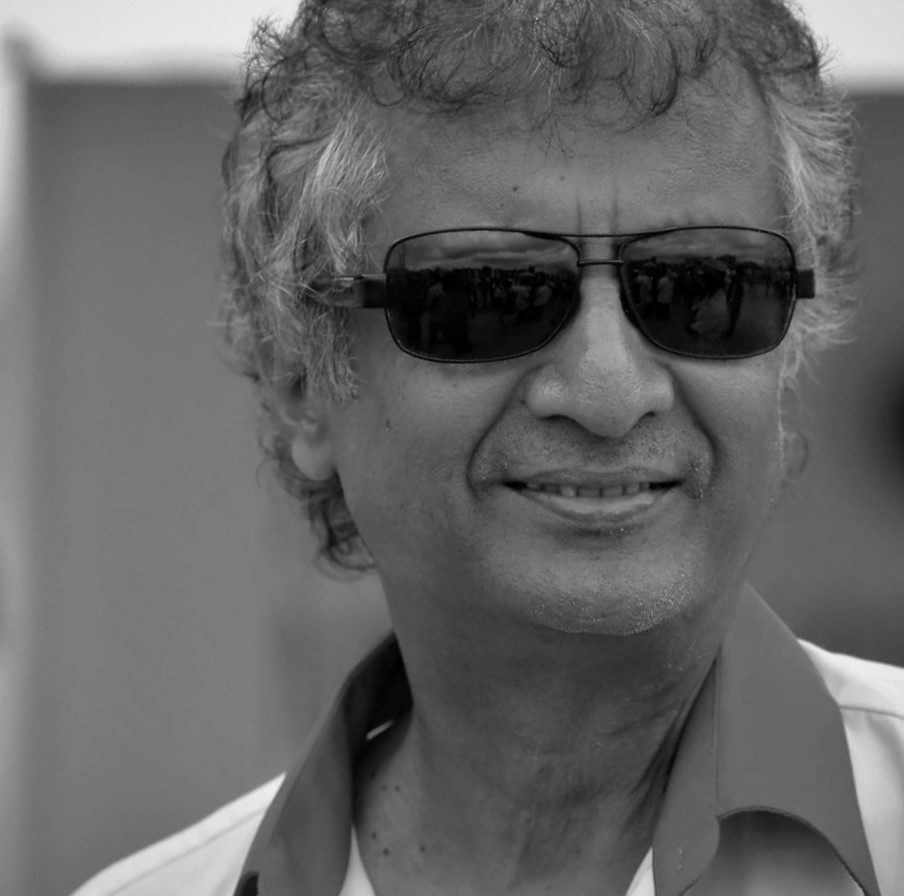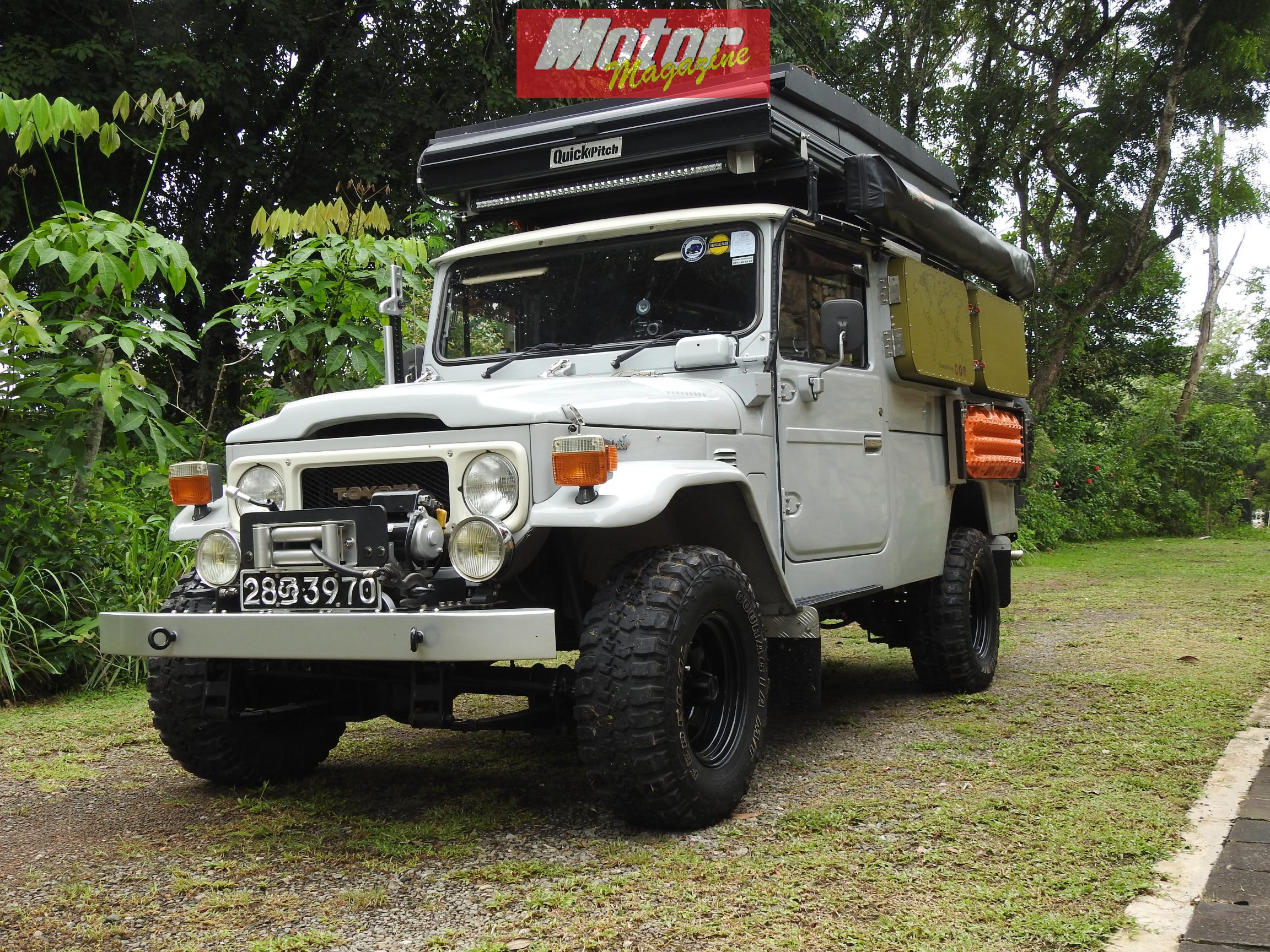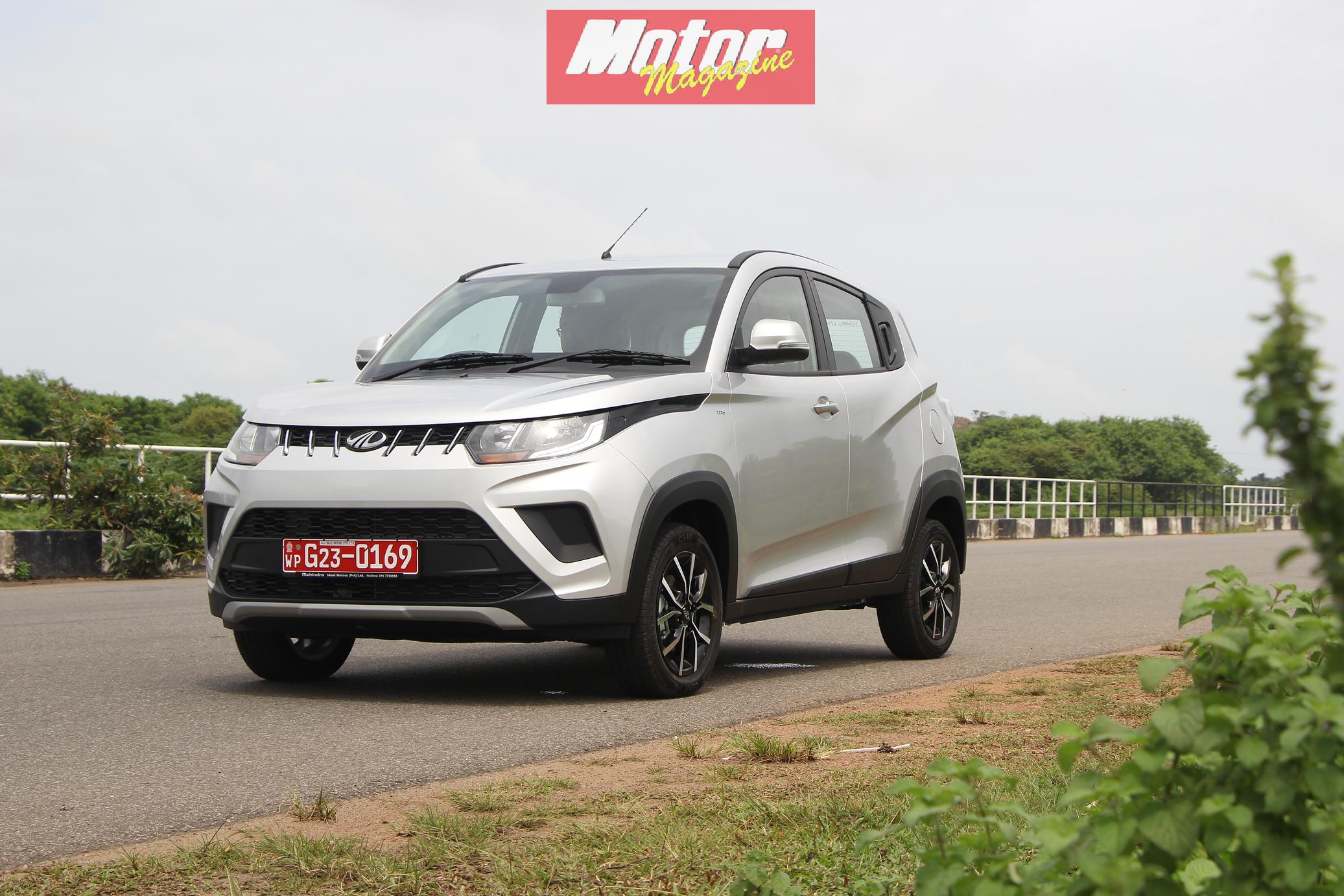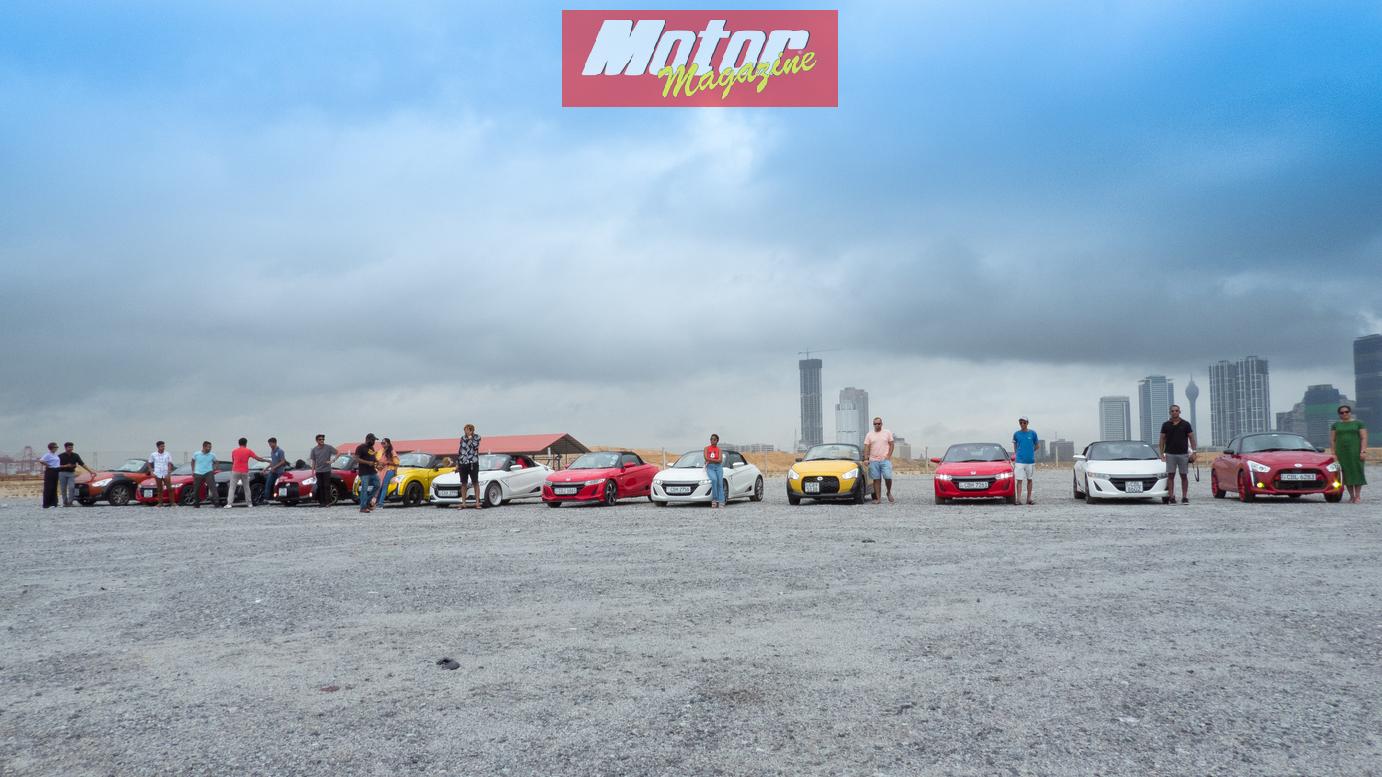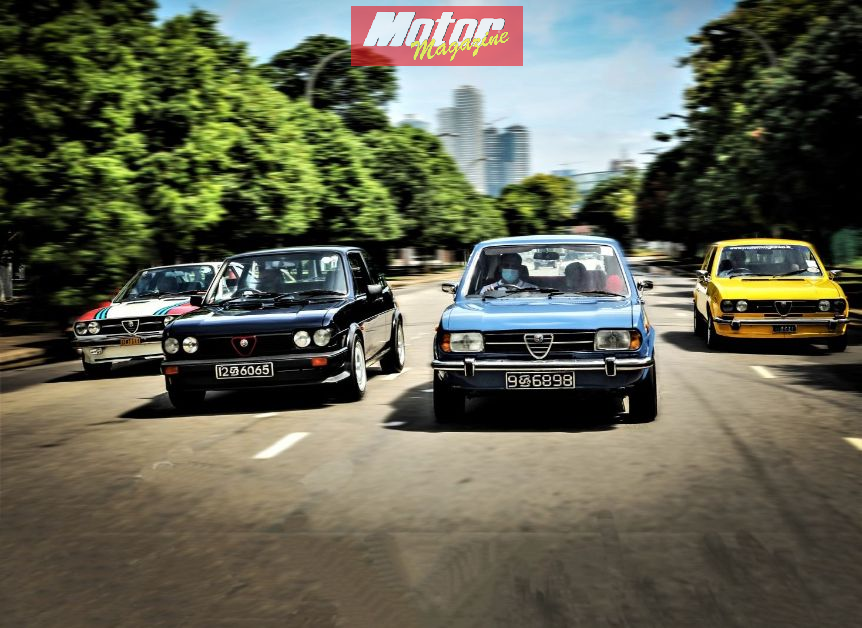
This is the story of four Alfa Romeo Alfasuds (possibly five) that beat the odds and survived in the hot, humid, tropical climate of Sri Lanka. For the “uninitiated” the Alfasud (refered by enthusiasts as Sud) could just be another conventional older fast-back type car with pretty lines. But only those that have driven these cars at some stage of their lives will know the brilliance that lies underneath.
For the “uninitiated” the Alfasud (refered by enthusiasts as Sud) could just be another conventional older fast-back type car with pretty lines. But only those that have driven these cars at some stage of their lives will know the brilliance that lies underneath.
The Alfasud was full of advanced engineering,
yet it was also full of cut-corners to keep the price down. A few examples of
cut corners… the boot hinges are external, and the lid when opened, rests on
the rear windscreen! Interior materials are cheap and the ergonomics - poor. Early
cars didn’t have a cover for the cam belts, making them vulnerable for
accidental fouling even during servicing! On the advanced engineering side, it
has front in-board disc brakes which resulted it less sprung weight for the
suspension. Rear also has disc brakes on even the base model Alfasuds – which
is unusual even today. The shock-absorbers are “upside-down” which means that
most of the stress is borne by the chassis rather than the suspension. Double
skinned box sections front and rear meant that the chassis is very rigid. In
fact there is a brace type box section between the two front suspension struts
almost akin to a strut brace. The rear suspension consists of an axle beam with
torsion bars and coil springs… at a time when most manufacturers used leaf
springs at the rear in all but their high end models. The boxer engine mounted
in front of the front axles, and is necessarily shorter than an in-line four;
means that it has low center of gravity and less under-steer while affording great
aerodynamics for the body. The rack and pinion steering is nicely weighted and
absolutely precise. The front suspension set-up is set at some 2º negative
camber much like present day race cars! All these features contribute to handling
that can only be described as “brilliant”.
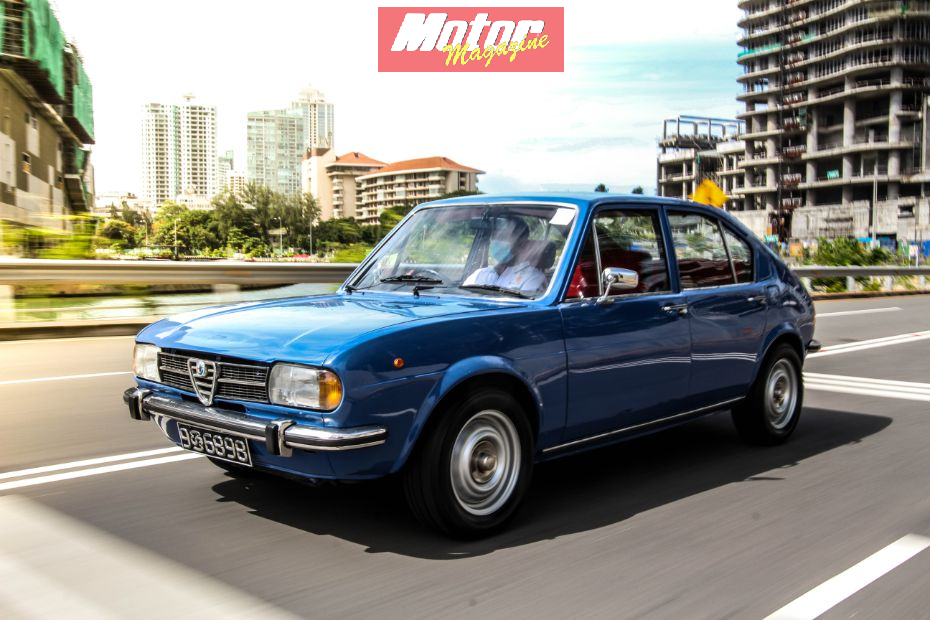
Development
Alfa Romeo had explored building a small
front wheel drive car in the 1950s, but it was not until 1967 that firm plans
were laid down for an all-new model to fit in below the existing Alfa Romeo
range at the time. In 1952, it created a prototype 750cc car known as Project
13-61. The twin-cylinder, transverse-engined Mini competitor would have hit the
market spot on in time for the 1956 Fuel Crisis. Sadly, the company strategists
didn’t see the crisis coming, and the plug was pulled on the grounds of costs –
leaving the booming Italian small car market completely to Fiat and giving the
Mini a virtual free run.
The Alfasud was manufactured at a new factory
at Pomigliano
d'Arco in southern Italy, hence the car's name, Alfa Sud
(Alfa South). The reason to move the production of the Sud to Pomigliano
d'Arco was a semi-political one. At the time Alfa Romeo was in financial
strife; and Chief Executive, Giuseppe Luraghi was compelled to approach the
Italian Government for assistance to develop the new small car. The Government
granted the assistance on the condition that the factory be located in the
poorer southern region of the country. The new car needed to be built in the
deprived Naples region – 300 miles from the company’s base in Milan!
Construction work on the new state-sponsored plant began in April 1968, on the
site of an aircraft engine factory used by Alfa Romeo during the Second World War.
Developed by Austrian engineer, Rudolf Hruska, the Alfasud was noted for
its boxer engine configuration, low center of
gravity, aerodynamic profile, class-leading handling and styling by Giorgetto
Giugiaro of ItalDesign.
Many enthusiasts look back to the dawn of the
hot hatchback and give credit to the likes of the Peugeot 205 GTI and Volkswagen Golf GTI, but that’s not quite
how it happened. Although not technically a “hatchback” at the time, the
Alfasud pre-dated the Golf by three years in making a small affordable car with
the same driving thrills as a bigger sports car.
Launch
The Alfasud debuted at the Turin Motor Show in 1971, featuring front
wheel drive with a 63bhp 1.2L Boxer water-cooled engine breathing
through a twin choke Weber and coupled to a four speed gearbox. The engine was
belt-driven overhead camshaft on each cylinder head. Suspension was front MacPherson struts and rear beam axle with Watt's linkage; inboard front disc brakes
as well as rear disc brakes; plus rack and pinion steering.
The boxer engine allowed a low hood/bonnet line, contributing to an aerodynamic profile, a low center of gravity, and class-leading road-holding and handling. Despite its two-box shape, the Alfasud was not initially offered as a hatchback. Lights, turn indicators, horn, wipers and heater fan were operated by two column stalks.
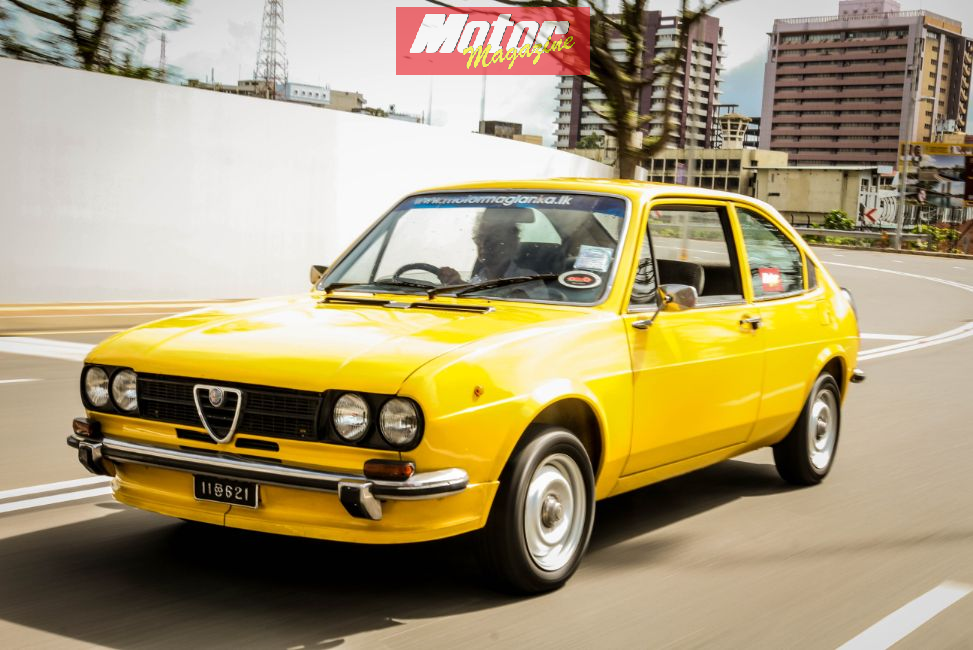
Ups and Downs
Italian consumers, who had been largely
critical of the idea that a FWD Alfa Romeo was being allowed into the
carmaker’s lineup; slowly warmed up to the Alfasud. The original engine of the
model, the 1.2L, 63bhp 4-cylinder unit, had also been widely criticized. By
1974 however, the Alfasud ti was added to the lineup with 68bhp, five speed
gearbox; and in 1976, 73bhp was extracted as the engine became a 1.3L. The
Giardinetta estate car version was also added in 1976, but all these were
eclipsed by the 1976’s addition of the gorgeous Alfasud Sprint. It was this
model that heralded the arrival of the uprated 73bhp 1286cc engine – finally
pushing the top speed of the baby Alfa to over 100mph. In 1978, the wishes of
keen drivers who begged for more power were partially met with the arrival of a
1.5-litre engine with up to 85bhp. While they were at it, the 1286cc engine was
upgraded once again – to 1351cc (which developed 79bhp in twin Weber form, and
71bhp with a single Twin Choke Solex). These changes also signalled the ‘Sud’s
gradual move upmarket. The 1.5-litre four-door was now available in “Super”
form, while the Ti benefited from its first facelift, to become the Series 2.
The following year, the Sud gained a hatchback rear end (1981 for the
three-door; ’82 for the five-door), answering the car’s main (non-rust related)
criticism. The car put on an additional 25kg due to extra body stiffening
though, which slightly dented the performance.
In 1983, the Alfasud was replaced by the new
and rather wedgy 33 – it looked good, and retained much of the ‘Sud’s technical
feature – but yet it failed to capture the hearts and minds of buyers. The Sud
Sprint lived on until 1989, thanks to its commonality with the 33, but even
that glorious looking car struggled as the decade progressed… somehow ’80s
styling details and a delicate looking ’70s wedge just didn’t mix.
Foreign assembly
The Alfasud was also assembled in Malaysia by
City Motors of Ipoh, although the plant was located in Kuala Lumpur. Malaysian cars received the
1.2, 1.35, and 1.5 litre engines, and all had the four-door bodywork. In South
Africa, Alfa Romeo's local subsidiary built the Alfasud in its plant in Brits. Beginning in June 1981, the South
African Alfasud was renamed the Alfa
Romeo Export GTA and received the 103bhp version of the 1.5 litre
flat-four. The Export GTA also had the five-door bodywork.
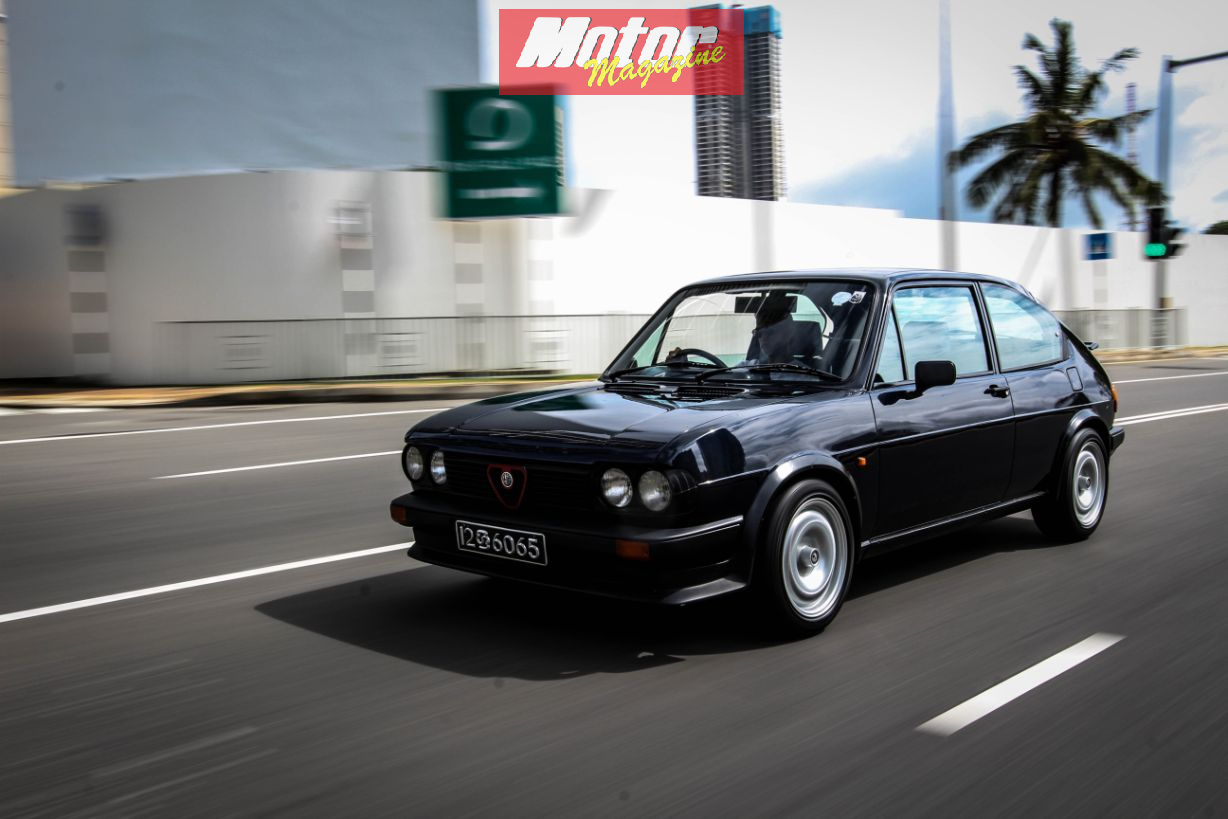
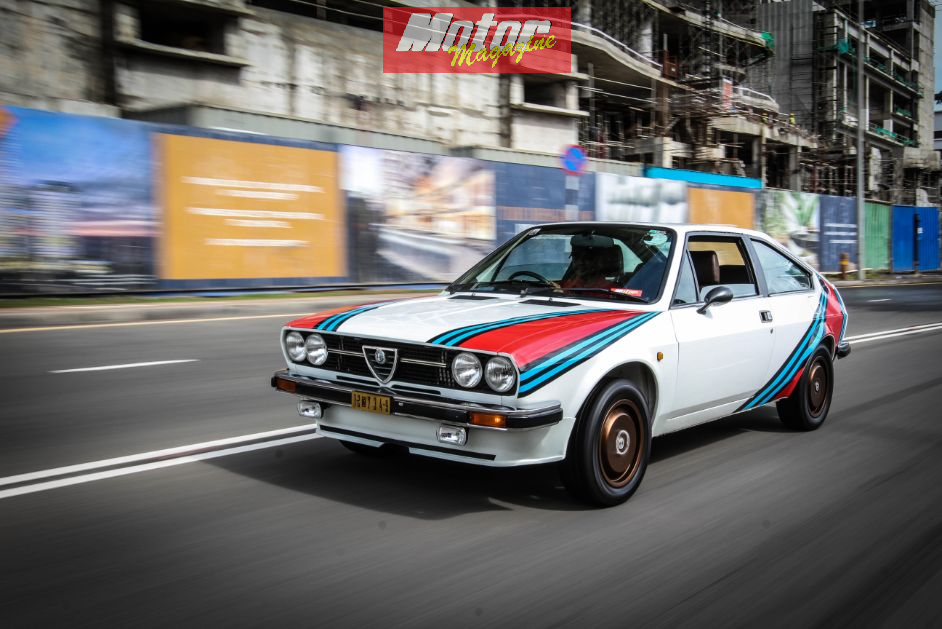
Alfasud in Motor Sports
In 1976 the Alfasud Trophy began in Italy and
Austria, and later France and Germany got their own competitions. In 1977 the
"Trofeo Europa Alfasud" was set up, in which the best drivers from
each country competed. The Trofeo Alfasud was equipped with the 1,286 cc
engine with an Autodelta kit. Gerhard Berger is probably the best-known
driver to participate in the Alfasud Trofeo.
An Alfasud Ti contested the 1980
Hardie-Ferodo 1000 at Bathurst
in Australia, placing fourth in the up to 1600 cc class. Jon Dooley, Rob Kirby and Andrew Thorpe
took part in the 1982 British Saloon Car Championship season, using an Alfasud
Ti and an Alfasud Sprint.
Alfasuds in Sri Lanka
For those who don’t know, the average Sri
Lankan is very interested in cars in general. You could say that a large
population of us are “car guys”… more so than in many other countries!
The boom time of the Alfasud was the period
1971 to 79. 1970 to 77 was also the period dubbed in political circles in Sri
Lanka as the “seven year curse”! A disastrous left wing social experiment meant
that virtually all imports were stopped. To import a car, you needed to have
earned money overseas, and obtained an import permit from the Central Bank! So
needless to say, new cars were few and far between. The few hundred cars that
were imported under permits each year during this period were mostly used cars
from the UK, Hong Kong and Singapore. Most of the younger people at the time
imported Alfasuds, Lancia Betas, VW Golfs and Ford Capris.
From talking to people whose families or
friends had Alfasuds, we estimate that between 60 and 75 cars were imported in
to the country. As far as we are aware, the only Sud that was imported as a
“new” car through the local agent was Gishanka’s car which is featured here.
That is because it was imported by the late President (of Sri Lanka) J R
Jayawardena. So virtually all the Suds that came here came as “gray” imports
and had no support in terms of service or spares.
So we have four running Suds in this feature.
We know of one other Sud Sprint that is currently undergoing a full
restoration. All these are cars that have survived; thanks to all the owners’ who
have owned these cars and had the enthusiasm to keep them going or preserved
them in some form. That leaves us with 5 cars out of (say) 100 – or 5% all Suds
imported to the country still surviving! Compare that to the world average -
our figures - of even 1,000 cars surviving out of a total of over 1million
produced – which is 1 %.
So our contention is that as a percentage, Sri Lanka has the largest population in the
world, of surviving Alfasuds!
How many Alfasuds are left in the world?
According to the website howmanyleft.co.uk there are (were) some 90 Alfasuds of all variants
licensed in the UK at the end of 2020 with another 300 cars officially “being
restored”. Such statistics are not as readily available from the rest of Europe
or indeed Australia, South Africa and Malaysia which were the other big markets
for Alfasud. From being involved in the various Alfasud forums and clubs
worldwide, the writer estimates that there are between 500 and 1,000 Suds left
in the world.
Conclusion
Despite being an engineering marvel, and a
delightful driver’s car, the Alfasud was an undoubted failure for its maker –
it made a loss from day one; and its poor reputation tarnished the Alfa Romeo
name so badly; the company ended up being bailed out by the Italian Government.
Yet, it was Alfa Romeo’s first model that
brought all of the marque’s traditional abilities within reach of the average
motorist. That is why it deserves to be remembered.



